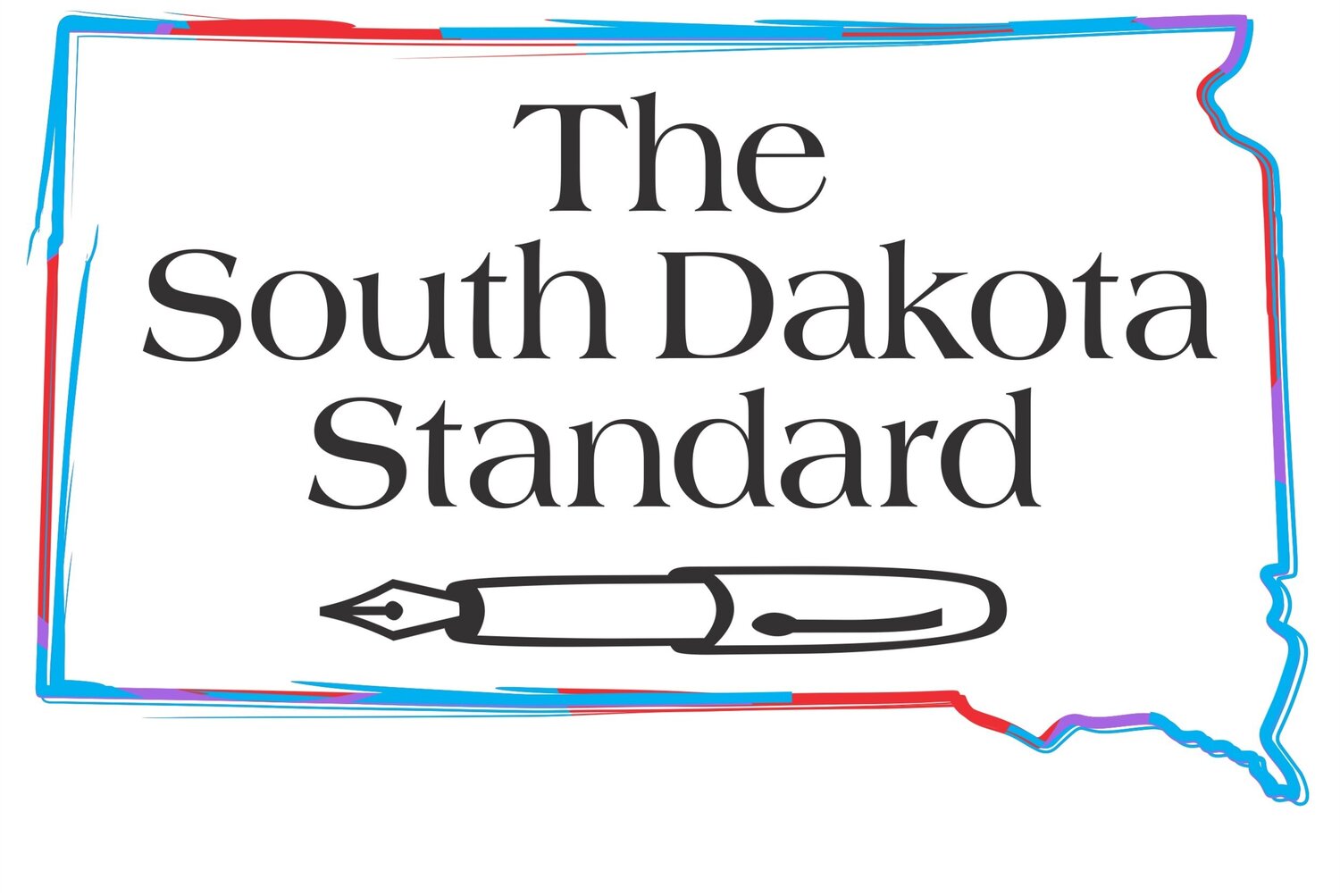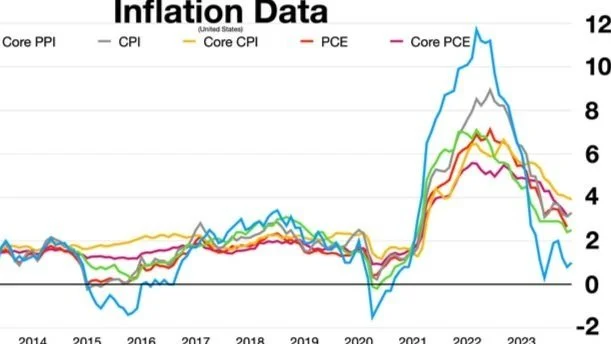Rapid City financial advisor Kahler discusses the ‘inflation paradox,’ when perception clashes with reality.
Back in June 2022, news headlines and social media were screaming about the 9.1% inflation rate. Eighteen months later, in December 2023, inflation was 3.4%—one of the biggest drops in modern history. Yet instead of celebrating, consumers remain anxious, with inflation cited as a top voter concern.
This seemingly paradoxical disconnect is due in large part to cognitive biases that skew our perceptions of the realities of price fluctuations. Economist Paul Donovan explores this in a Jan. 20, 2024, guest essay in The New York Times titled, "Why Are Voters So Upset? Consider the Snickers Bar."
Frequency bias is one of the primary perceptions affecting consumer anxiety. Here’s why. One reason for the lower inflation rate is that prices are falling for goods like furniture, electronics, used cars, and even some clothing. At the same time, food prices have continued to rise. Because we buy groceries and other small household items so often, we are much more aware of the prices for cereal, toilet paper, and Snickers bars than we are of those for infrequent purchases like television sets or cars. This is the case even though, according to Donovan, groceries represent less than a tenth of an average household budget.
A related factor may be our perception that “falling inflation” automatically means “falling prices.” Since inflation is lower, why have the prices of apples or bread stayed high? In part this is because inflation works somewhat like compound interest. For example, many “dollar” stores increased their pricing from $1 to $1.25. Now that inflation is lower, we don’t see them dropping back to $1 Instead, lower inflation means costs are rising more slowly—so they can likely keep prices at $1.25 instead of having to jump to $1.35 or $1.50.
Another bias at work is loss aversion, our tendency to feel the pain of a loss more strongly than we celebrate a win. The pain of a 14% increase in the price of Snickers bars over two years overshadows the benefit of a corresponding 22% drop in egg prices. That candy bar purchase feels like a personal affront to our wallets, while the egg bargain barely registers.
Confirmation bias—our pattern of seeking out information that supports our pre-existing beliefs—plays a role here, as well. Left-leaning progressives generally blame inflation on factors like corporate greed, wealth disparities, and systemic flaws; favoring solutions like social safety nets, price controls, and radical economic change. Those on the far right tend to link high inflation to immigration, government excess, and foreign dependence; advocating for fixes like austerity, deregulation, and self-reliance. Neither perception is grounded in the reality of falling inflation and a strong economy.
Our political beliefs can cause our brains to cherry-pick data that reinforces our preferred story of the economy, regardless of whether it aligns with economic reality. Those beliefs can cause us to be invested in finding “proof” that inflation is rising or falling, even if it requires disregarding factual proof contrary to our biases. “Your perception of the economy used to influence your political leanings. Nowadays, Americans’ political leanings determine how they perceive the economy,” according to Mike Allen at Axios AM, Jan. 20, 2024.
Given the interplay of economic data (like the public domain chart above, posted in wikimedia commons), cognitive biases, and political agendas, it’s no wonder that our views on inflation are complex and may not reflect economic reality. Understanding this complexity can help you navigate the inflation debate. It’s helpful to maintain a critical eye toward price changes, a conscious awareness of our cognitive biases, and a healthy dose of skepticism regarding partisan narratives.
That viewpoint may come in handy the next time you grumble at the cost of a Snickers—and buy it anyway.
Rick Kahler, CFP, is a fee-only financial planner and financial therapist with a nationwide practice, Kahler Financial Group, based in Rapid City. His co-authored books include Coupleship Inc. and The Financial Wisdom of Ebenezer Scrooge.







